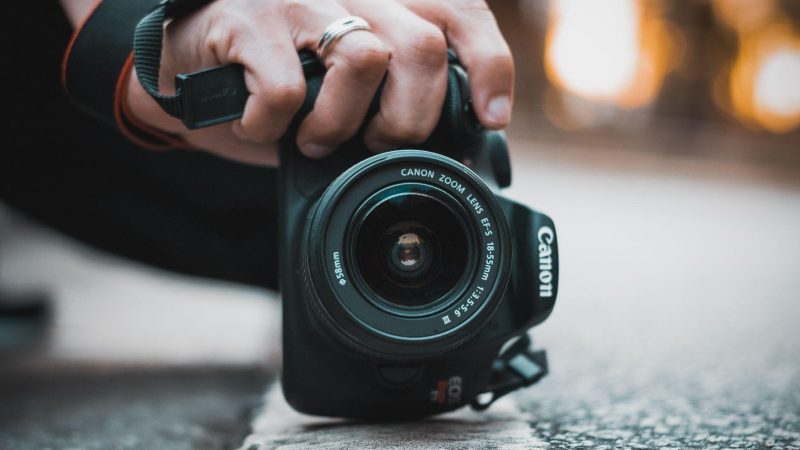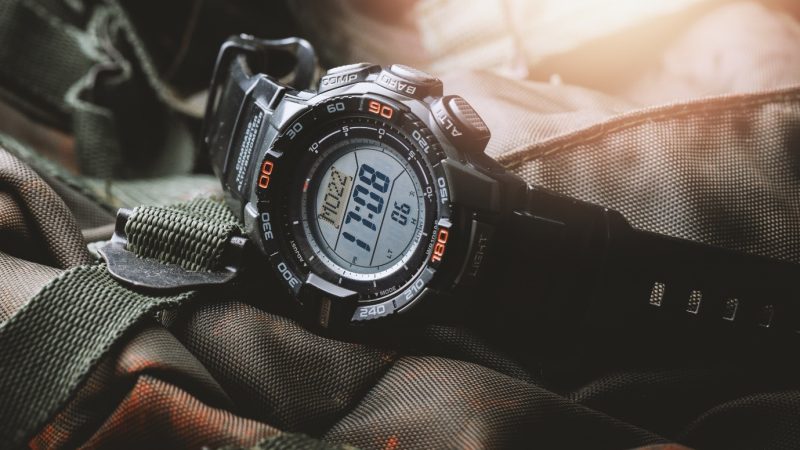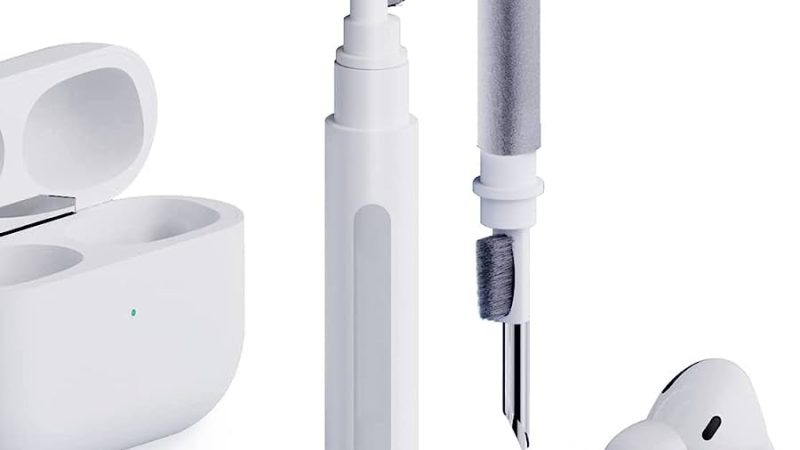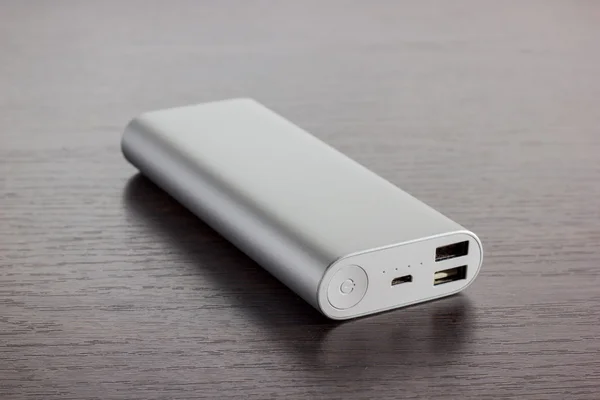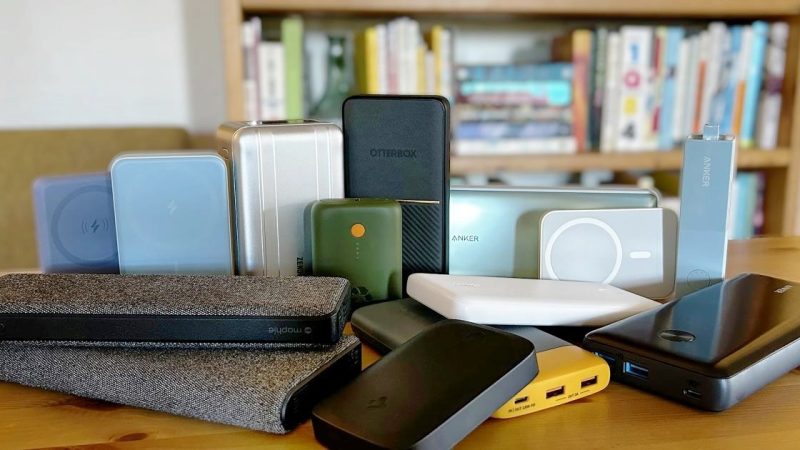What Your Noise-Cancelling Headphones Can and Can’t Do
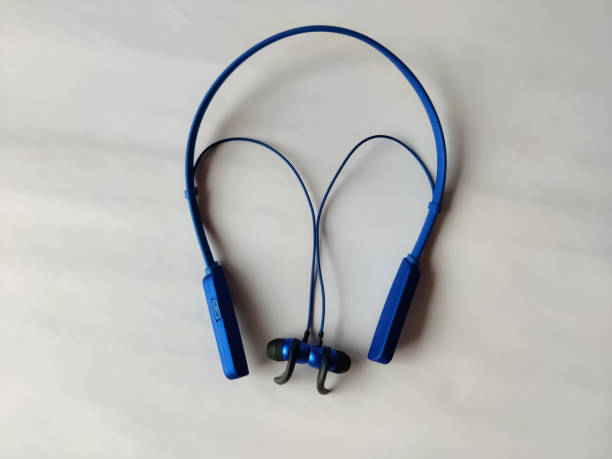
Are you aware of the capabilities and the limitations of your noise-cancelling headphones?
Headphones have gone a long way in the last decade or two, thanks to several technological breakthroughs. The alternatives have genuinely become unlimited, from headsets to headphones to earphones. It’s critical to understand what noise-cancelling headphones can and cannot achieve. Earphones and headphones, the two most common types, have a wide range of aesthetics and functions. The main distinction is that headphones can drown out more noise and are usually more comfortable, whilst earphones are smaller and more portable.
Companies have been able to manufacture the greatest noise-cancelling headphones in recent years, allowing consumers to lessen, if not completely eliminate, unwanted noises. What are the advantages of these, you might wonder? When you’re cramming for a midterm, noise-cancelling headphones are ideal for places with a lot of background noise, such as aircraft, study rooms, and even libraries. However, to what extent can headphones genuinely block out background noise? Many customers are perplexed when their headphones do not operate at the greatest level of “noise-cancelling” performance.
This is because there is so much to learn about headphones and the various types that firms and brands have to offer. Because not all noise-cancelling headphones are created equal, this article should help you understand what your noise-cancelling headphones can and cannot do.
Noise-Cancelling Headphones with Active Phase
Consumers must now understand the physics behind headphones in order to comprehend what they can and cannot accomplish. Active phase cancellation is found in nearly all noise-cancelling headphones. Active phase cancellation suppresses low-frequency noises, such as the noise produced by an aeroplane engine.
Even low-cost noise-cancelling headphones may eliminate airline noises thanks to active phase cancellation. Many people should be aware that noise-cancelling headphones branded as phase cancellation will not completely cancel all disturbances when shopping for noise-cancelling headphones. These headphones can block out noises like aeroplane engines, but they can’t block out stronger, higher-pitched noises. Not all headphones, however, can block out the sound of crying children or barking dogs. You must hunt for noise-cancelling headphones with passive isolation if you want to obtain noise-cancelling headphones for this reason.
Consumers should keep in mind that active phase cancellation is highly suggested for regular passengers because passive isolation headphones will not be as effective at blocking out airline noises; consequently, knowing how to use headphones is essential when choosing the right pair.
Noise-cancelling headphones have grown in popularity in recent years. With so many distractions in our usual daily lives, there are moments when we need to tune out the bothersome noises in order to minimise tension and anxiety. Noise-canceling headphones can help in this situation. You don’t need to listen to the music all the time, especially at high level, as this can cause future hearing problems if it exceeds 85 dB. By incorporating active noise cancellation into the listening experience, noise-cancelling headphones can eliminate undesirable ambient noise.
The microphone has noise cancellation.
This isn’t directly beneficial to you. Instead, it allows others to hear you more clearly. Noise-cancelling microphones are designed to pick up your voice while filtering out ambient noise. Noise cancellation can be accomplished in a variety of ways, including microphone location and shape, digital signal processing, and other technical terms. Some headsets even include a wind sock that effectively removes all wind sounds.
To experience noise reduction to the next level, more sophisticated headsets employ numerous microphones. How? In a nutshell, the two mics are separated by certain distance, meaning one is closer to your mouth than the other. The first one picks up your voice, while the second one picks up more of the background noise. They “subtract” the ambient noise from the equation with the help of certain digital algorithms, leaving only your voice. This may appear to be voodoo, but it actually works.
Dual-mic noise cancellation is branded differently by different companies. For example, Jabra calls theirs Noise BlackoutTM. The core idea remains the same in the end: your voice gets the green light, while background noise is turned off at the door. So, if you don’t want to be that friend who is always sounding like they are in a tunnel or in a movie theatre, a noise-cancelling headset might be the way to go.
Headphones with noise cancelling
When we hear the words “noise-cancelling headphones,” most of us immediately think of this. It’s what allows the wearer to tune out background noise and focus on a conversation or music. On long journeys, individuals wear these types of earphones to block out screaming babies and airline engine noise.
Noise cancellation that is passive
The physical aspects of the headset, such as design and materials utilised, are employed to accomplish noise cancellation. It’s just a very fancy way of describing the sensation you receive from simply wearing the headset. Those obtrusive earmuffs you see on construction workers? Passive noise cancellation, to be precise.
Passive noise cancellation is genuienly the best for filtering out all the irregular, high-frequency sounds, such as your coworker Bob’s incessant chatter about the latest episode of his favourite TV show. While this is most commonly associated with music headphones, certain modern office headsets are also designed to completely cover your ears and filter out outside noise.
Noise cancellation that is active
Active noise cancellation, as the name implies, employs more advanced technologies to actively counter noise. It detects and analyses the sound pattern of incoming noise before producing a mirror “anti-noise” signal to cancel it out. As a result, you will note a significant reduction in noise levels.
This sort of noise suppression is best for low-frequency sounds such as ceiling fans, engine noise, or that same colleague Bob who can’t stop humming his favourite TV show’s theme tune. Active noise cancellation is most commonly found in stereo headsets, which have the ability to block both of your ears and completely eliminate noise, but it is also included in some mono headsets to help you hear better.
Conclusion: The materials used in passive noise-cancelling headphones simply act to block out sound waves. Consider a moment when you wore a pair of fluffy ear muffs. They have a soft exterior and only partially block out noise from the environment. Then there are the noise-cancelling headphones with active noise cancellation! Not only does the material block out noise, but it also produces sound waves that are merely similar to outside noise, cancelling each other out.


